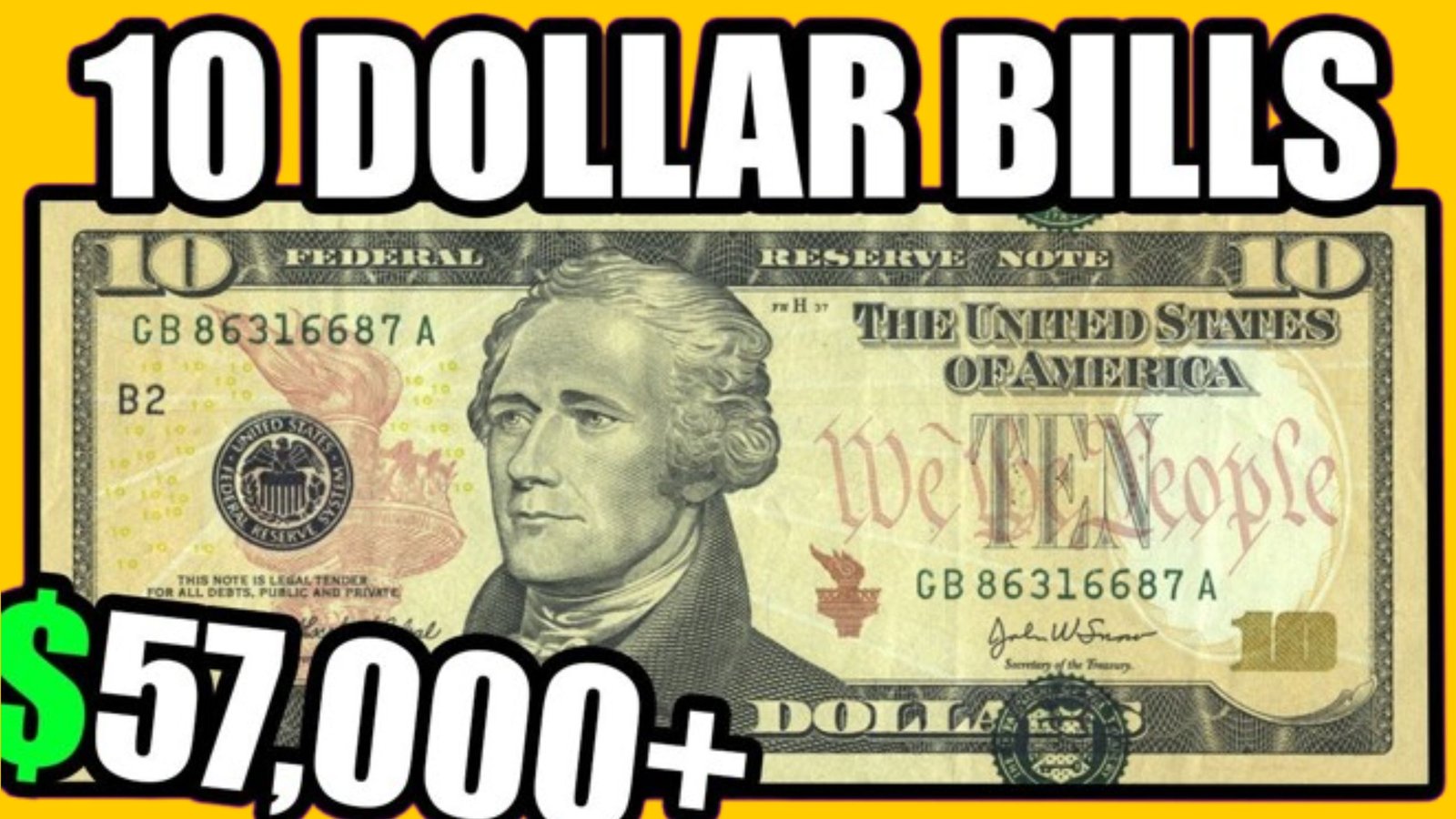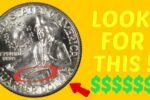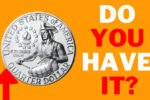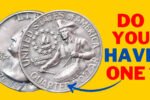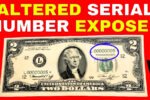If you’ve ever glanced at your wallet and thought nothing of the $10 Bill tucked inside, you might want to take a closer look. A rare currency error known as a “double denomination” has recently gained headlines after a $10 bill overprinted on a $1 bill was valued at a staggering $88,000.
This extraordinary misprint, discovered by a keen-eyed collector, is one of the rarest types of U.S. currency errors. It occurs when a bill receives printing for two different denominations, typically due to a mistake at the Bureau of Engraving and Printing (BEP), where U.S. currency is manufactured.
What Is a Double Denomination?
A double denomination error happens when one note is accidentally printed on top of another denomination. In this specific case, the note originally began as a $1 bill, but during the printing process, it was inadvertently passed through the press again and printed as a $10 bill.
The front of the bill clearly shows the image of Alexander Hamilton and other features of a standard $10 note. However, a closer inspection of the reverse reveals the unmistakable design of a $1 bill—including the image of the Great Seal of the United States and the pyramid with the Eye of Providence.
This rare printing anomaly transforms a standard ten-dollar note into a collector’s treasure.
How Did This Happen?
The BEP prints currency in several stages, involving different layers of ink and multiple passes through high-speed presses. Occasionally, due to human or mechanical error, a sheet of already-printed lower-denomination bills (in this case, $1 bills) is mistakenly fed back into the system for overprinting with a different denomination.
These mistakes are supposed to be caught during the quality control process. However, in rare cases, an error note escapes detection and enters circulation. These anomalies are incredibly scarce—and extremely valuable to collectors.
Why It’s Worth $88,000
This particular $10/$1 double denomination bill recently made waves after being offered by a currency auction house for $88,000. According to experts, this is one of only a few known examples of such a mistake, and its condition is described as “superb.”
The rarity, visual uniqueness, and mystery surrounding how such a bill made it into circulation contribute to its high valuation. Paper money collectors—known as numismatists—prize error notes, especially those that are both dramatic and well-preserved.
What To Look For
If you’re wondering whether that old ten-spot in your wallet is secretly worth tens of thousands, here are a few things to check:
-
Unusual printing or mismatched designs
Look for elements that don’t match—like a $10 front and a $1 back. -
Off-center images or overlays
Any major misalignment or overlapping images from two different denominations could be a red flag (in the best way!). -
Crisp condition
While circulation wear doesn’t always disqualify value, well-preserved notes fetch far higher prices.
What To Do If You Find One
If you suspect you’ve discovered a double denomination or any other type of error note:
-
Don’t spend it.
-
Handle it carefully (preferably with gloves or in a protective sleeve).
-
Consult a professional—preferably a certified currency dealer or grading service like PCGS Currency or PMG (Paper Money Guaranty).
-
Consider an auction—rare bills like these perform exceptionally well at public auctions, especially with provenance and authentication.
Final Thoughts
Finding a valuable error note is extremely rare, but stories like this remind us that hidden treasures could be sitting unnoticed in our pockets or change jars. So the next time you receive a ten-dollar bill, give it a second glance—you might just be holding an $88,000 windfall.
FAQs: Double Denomination $10/$1 Bill Worth $88,000
Q1: What is a double denomination bill?
A double denomination bill is a rare printing error where two different denominations appear on the same note. For example, one side might be printed as a $10 bill while the other side shows features of a $1 bill.
Q2: How does a double denomination error occur?
This type of error happens during the currency printing process at the Bureau of Engraving and Printing. A sheet of already-printed lower-denomination bills (e.g., $1 bills) may accidentally be sent back into the press and printed over with another denomination (e.g., $10), resulting in a double denomination.
Q3: How rare are double denomination bills?
Extremely rare. Only a handful of such errors are known to exist, making them highly valuable to collectors. Each verified note tends to be one-of-a-kind or one of very few.
Q4: How much is a double denomination bill worth?
Values can vary widely depending on the denomination pairing, rarity, and condition. The recent $10 over $1 bill made headlines for being valued at $88,000, thanks to its exceptional rarity and condition.
